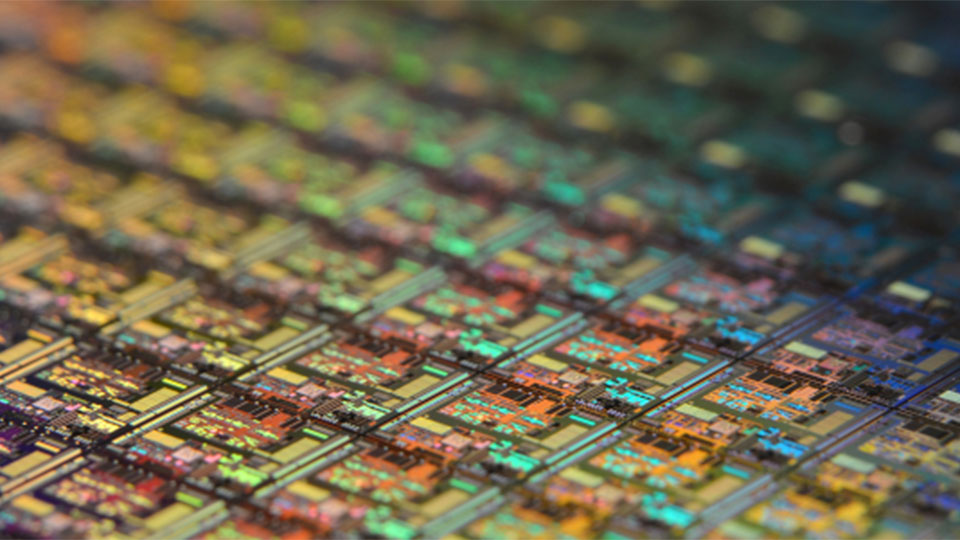Development of materials and process for enhanced reliability and performance of SiC die-attach

Demands for advanced interconnect materials for integration and packaging to fully exploit the capabilities of silicon carbide devices for high temperature applications.
Our aim
The project focuses on the die-attach bonding process and interconnect materials, to maximise the benefits and capabilities of SiC within electronics packaging. SiC offers many advantages such as faster switching speeds, high power and lower conduction losses, this cannot be achieved due to the lack of a suitable interconnect material. Current space and automotive applications require high temperature electronics operability, interconnect material and bonding process are essential to enable the feasibility of SiC for high temperature applications and uses. To improve the performance and reliability of SiC to operate under high temperature and deep thermal cycling conditions.
Due to the recent availability of SiC as wide-bandgap devices which can operate at temperature well above 500°C, over the limitations of Si where maximum operating temperature peak at 200°C integration and packaging become the bottleneck to maximise the benefits for high temperature power electronics applications. The higher elastic module of SiC presents a real term reliability concern, particularly operating at elevated temperatures due to the high stress accumulation in adjacent to the interfaces of die-attach. It is imperative to develop new interconnect materials and processes to meet the needs for the performance and reliability.
This research project delivers the advanced die-attach materials for SiC devices packaging and integration, by addressing the real applications of highly industry-relevance. It underpins the future expanded uses of SiC devices through fundamental understanding of materials and manufacturing aligned with current governmental and business demands for electrification across wide ranges of industrial sectors.
Our research
Packaging experiments and modelling works are undertaken for achieving the research aims. Existing facilities within Wolfson School including bonding machine, FEM software as well as testing equipment are readily available to carry out the relevant tasks. Material characterisations are an important part of project to underpin the fundamental mechanisms, using the facilities (P-FIB, SEM, TEM, XRD) housed by the Loughborough Materials Characterisation Centre.
Our outcomes
Most high temperature solders are lead-rich, this is not sustainable due to the environmental constraint of Pb being toxic to the atmosphere. In recent years, nano-silver sintering has been commonly used at a high cost.
This project develops new Pb-free, low cost high temperature die-attach materials and investigates their processing routes, performance and reliability to fully benefit from the capabilities of SiC. Numerical Finite Element Analysis are performed to identify the failure mechanisms as a result of thermal cycling, ultimately to predict the effects of interconnect dimensions and materials on the fatigue life.
With a few academic publications on novel die-attach materials and processes for SiC devices, the technologies are also expected to be applied in industry in the near future.
Project lead: Professor Changqing Liu
We are closely working with the other research teams in the UK and abroad and industrial collaborators to deliver advanced materials and manufacturing technologies for future electrification across many industrial sectors.